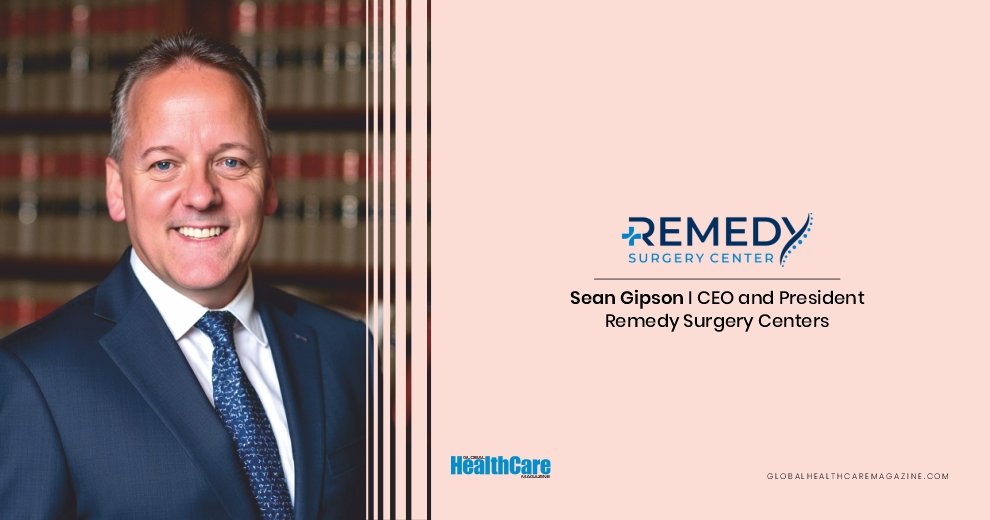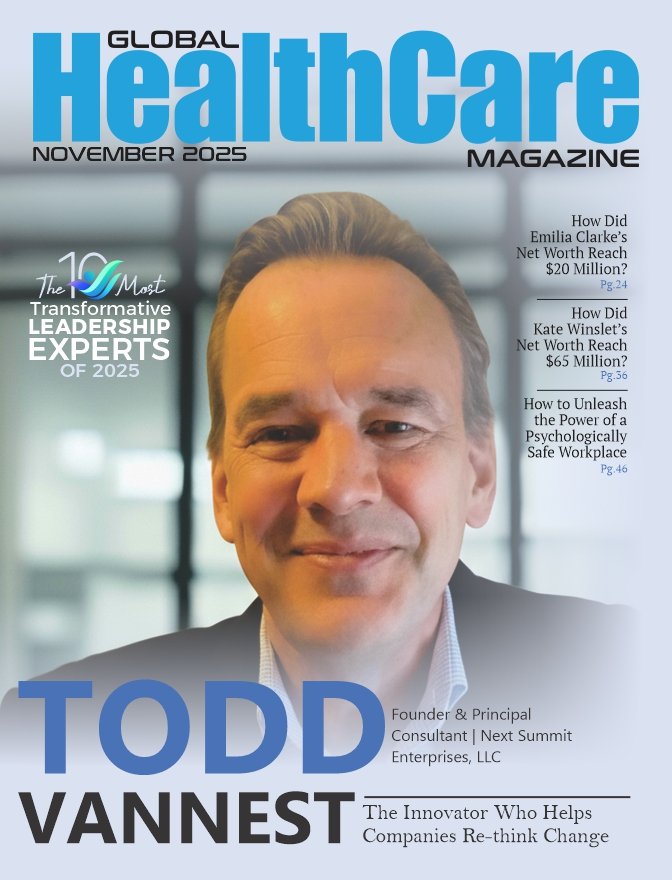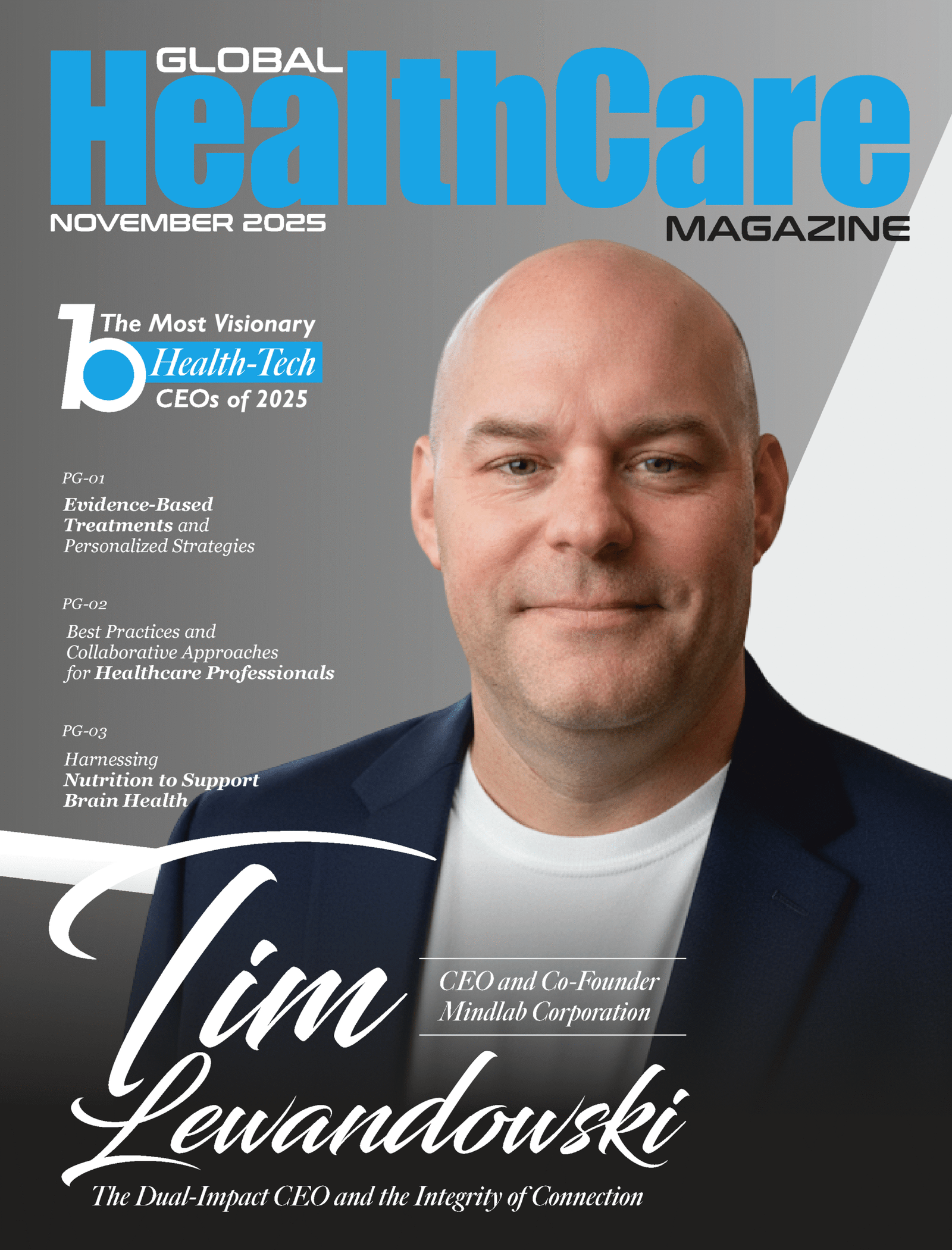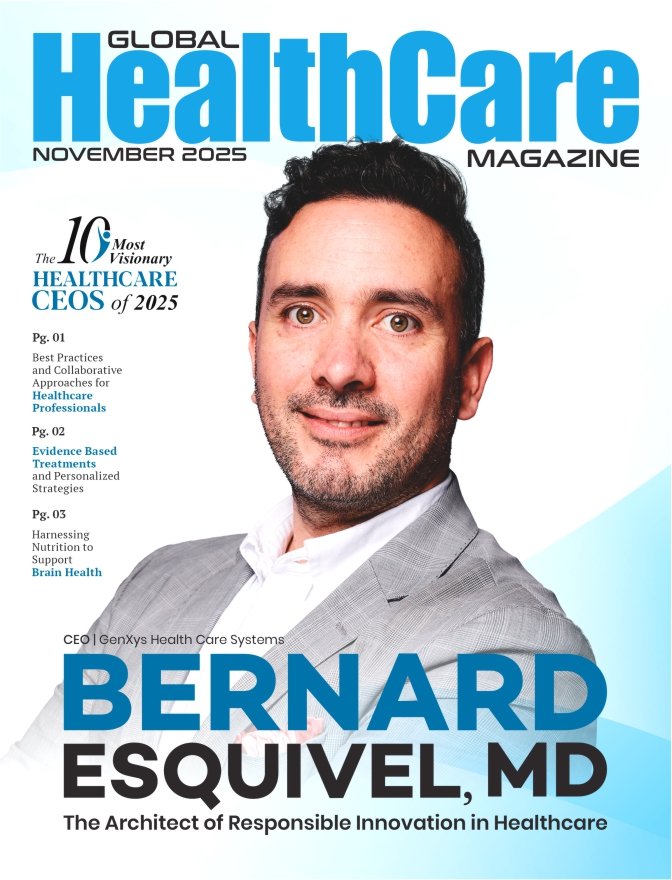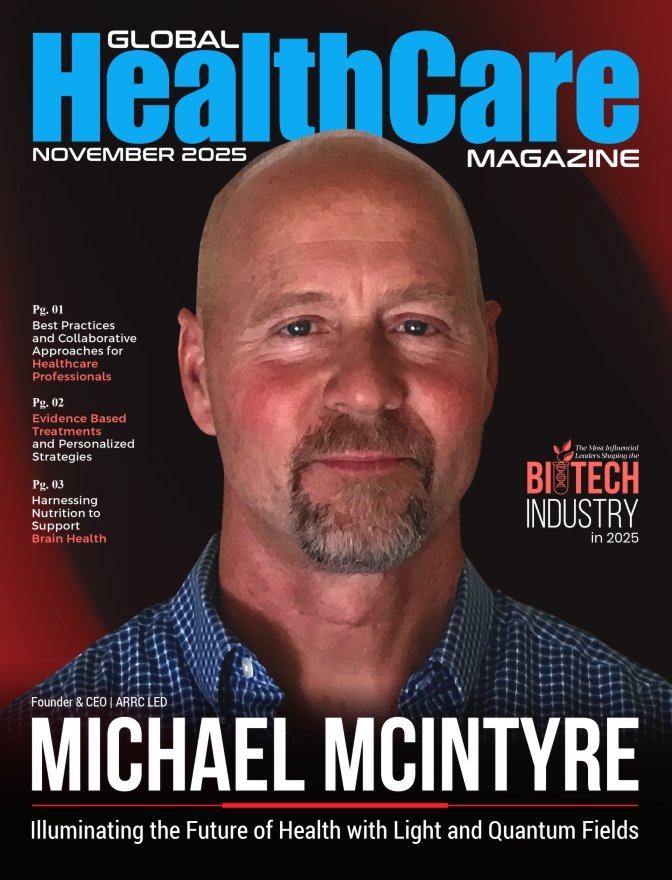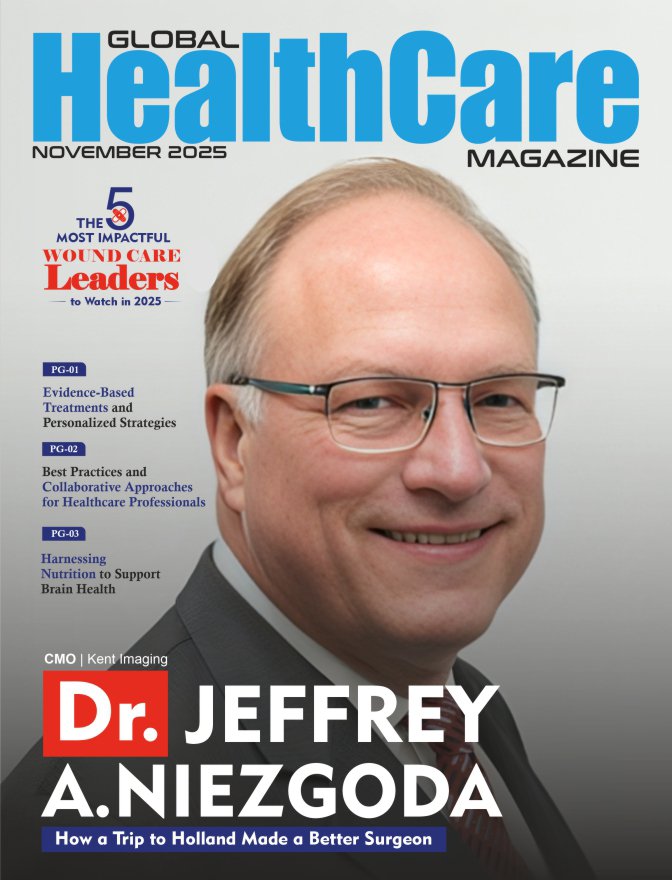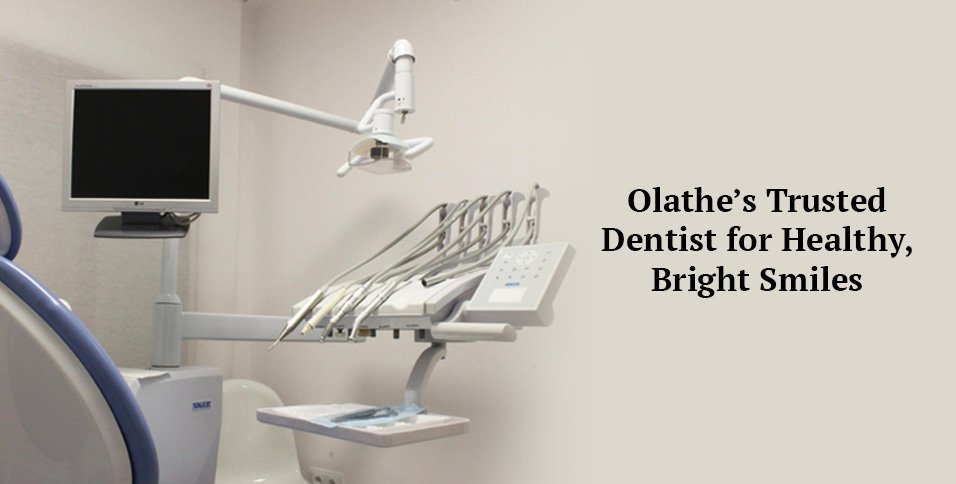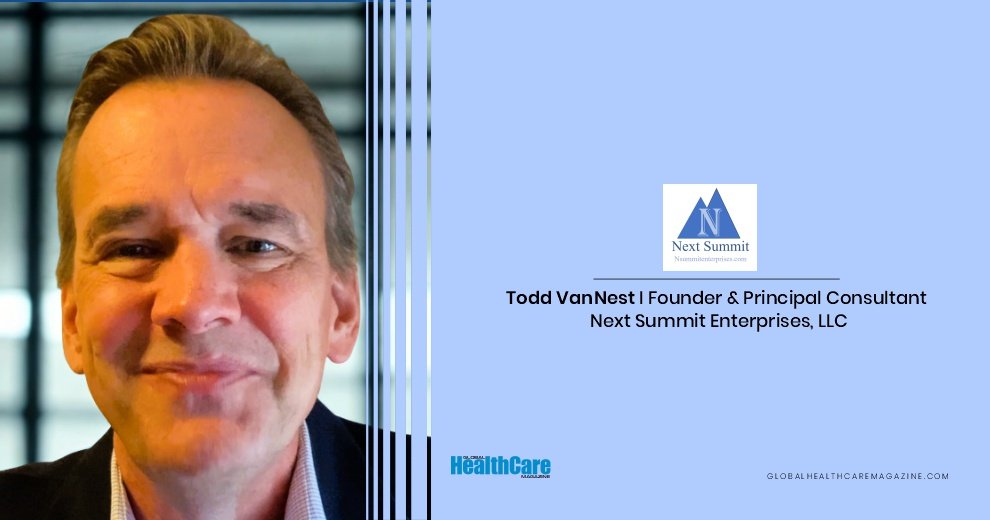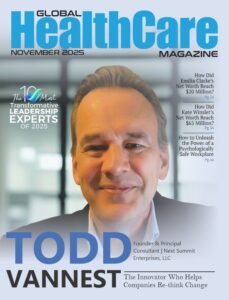There are things you might expect to find in the office of a healthcare CEO. Diplomas, industry awards, perhaps a schematic of a new surgical center. You would find those things in Sean Gipson’s orbit. What you might not expect is the story of a 17-year-old kid having to convince a bouncer to let him back into his own gig, the one he was the drummer for. Or the fact that, to this day, after decades of navigating the complex, high-stakes world of healthcare operations, he still keeps time with a band he’s been with for 16 years. “It’s a fantastic way to blow off steam,” Sean says with a characteristic lack of pretense. “I don’t have to think about too much.”
But thinking is what Sean Gipson does. He thinks about systems, about people, about the space between a problem and its solution. To understand Sean, the CEO and President of Remedy Surgery Centers, is to understand the rhythm that underpins both his life and his leadership. It’s a rhythm of precision and improvisation, of deep focus and the freedom to create. It’s the story of a man who never intended to be a CEO, who stumbled into his first company, “failed” at retirement after just two weeks, and is now orchestrating one of the most dynamic shifts in modern surgical care: the move from the monolithic hospital to the nimble, patient-focused ambulatory surgery center (ASC). His journey is a compelling composition, a life’s work built beat by steady beat.
An Unexpected Cadence: The Road to the Operating Room
The story begins at Texas Tech University with a passion for the raw, immediate challenge of pediatric trauma and an earnest dream of becoming a physician. It was a path of direct intervention, of healing with one’s own hands. But along the way, another field captured his intellectual curiosity: the intricate, mysterious world of neurosciences. This was not a minor detour; it was a fundamental shift in perspective. It was a pivot from treating the downstream effect to understanding the upstream cause, from fixing the injury to mapping the system that governs it. “I discovered a deep fascination with neurosciences,” Sean reflects, “a shift that would unexpectedly shape the trajectory of my career.”
This newfound academic interest didn’t remain in the lecture hall. It became a professional calling. Sean became a credentialed sleep technologist, a highly specialized field that, in a twist of fate, became the unlikely launchpad for his first healthcare company. This wasn’t just a job; it was the first note in his entrepreneurial composition. The venture, born from a niche expertise, evolved rapidly. It guided him from the quiet observation rooms of sleep studies into the broader field of neurodiagnostics, and eventually, into the most demanding of clinical environments: the operating room. He founded a second company, this one focused on intraoperative neuromonitoring—the delicate, real-time process of monitoring a patient’s nervous system during complex surgeries, a role that demanded the same unwavering focus as a drummer holding the tempo for a band.
This was no small-time operation. It was a masterclass in sustained growth. Over the course of 23 years, Gipson meticulously built that business from a startup into a regional powerhouse, a network of 58 clinics spanning seven states. It was the kind of entrepreneurial success story that usually ends with a triumphant sale and a long, leisurely retirement on a beach somewhere. Sean sold the business. He tried retirement. It lasted exactly two weeks. The quiet was unnerving; the lack of problems to solve, unfulfilling. The rhythm was gone.
A Brief Intermission and a New Composition
The pull of the industry was too strong, the silence of retirement too dissonant. Sean soon partnered with a friend, initially diving into a consulting role to assist hospitals struggling with cash flow—a problem that gave him a granular view of the financial and operational inefficiencies of the traditional inpatient model. This work organically expanded into what would become his defining passion: outpatient surgery centers and other ancillary services. They built a model so efficient and effective that, within two years, it was acquired by a publicly traded organization.
Rather than cashing out and attempting retirement again, Sean stayed on, taking the role of Vice President of Operations. It was a crucial period of learning, translating his entrepreneurial instincts into the structured environment of a large corporation. He spent his time developing and providing operational oversight for ambulatory surgery centers throughout Texas, further honing his skills in building systems that were both profitable and clinically excellent.
Then came the COVID-19 pandemic. As the world ground to a halt and hospitals buckled under the strain, Sean found himself in a unique position, collaborating with a major health system to support their operations. It was a crucible moment. He had a front-row seat to the crisis, gaining an unparalleled perspective on the fragility of the inpatient model and the immense potential of the outpatient alternative. He saw the backlogs, the delays, the resources stretched to their breaking point. When the pandemic began to wane, a new reality emerged. The demand for outpatient surgical services didn’t just return; it surged with a force that reshaped the healthcare landscape. It was a validation of everything he had been building toward. The stage was set for his next act. In 2022, from its headquarters in Dallas Fort Worth, Remedy Surgery Centers was born, with Sean at the helm.
Conducting the Orchestra: The Remedy Philosophy
As CEO and President of Remedy, Sean’s role is that of a conductor leading a complex orchestra. He is responsible for the company’s strategic direction, the grand vision, but his hands are never far from the instruments themselves. He leads, as he says, with both “vision and precision.” This means identifying growth opportunities and overseeing performance, but it also means understanding the real-world needs of his stakeholders. “Balancing big-picture growth with operational detail requires staying deeply engaged without micromanaging,” he explains. This translates to spending significant time in the centers, listening to the physicians, administrators, and clinical teams who are the lifeblood of the organization. He wants to know about the challenges in streamlining workflows, the pressures on financial outcomes, and the small details that elevate the patient experience.
Remedy Surgery Centers was created to address the gaps that have long plagued the healthcare sector: rising costs, frustrating delays for patients, and the inflexible, often impersonal, systems of large hospitals. The company’s core offering is the development, management, and operation of state-of-the-art ASCs that provide a streamlined surgical environment. These centers specialize in a wide and growing range of procedures, from orthopedics and spine surgery to urology, ENT, pain management, and general surgery.
What truly sets Remedy apart, however, is its physician-centered approach. This is more than a marketing slogan; it is the central organizing principle of the business. Instead of imposing a rigid corporate structure, Remedy partners directly with surgeons to build customized, high-performance facilities. This model returns a sense of autonomy to the providers, a precious commodity in modern healthcare. It frees them from hospital bureaucracy, gives them control over their schedules and equipment, and allows them to focus their energy entirely on what matters most: their patients. For the patient, it means a safer, more personal, and dramatically more cost-effective alternative to a traditional hospital stay. “At Remedy, we don’t just build and operate surgery centers,” Sean states with conviction. “We build sustainable, clinician-led ecosystems that thrive on quality, patient safety, efficiency, and trust.”
The Scorecard of a Virtuoso: Partnership and Performance
In today’s value-based care environment, where outcomes are the currency of success, Sean’s strategy hinges on two critical forms of partnership: deep alliances with physicians and forward-thinking collaborations with payers. By aligning Remedy’s operational goals with the clinical priorities of its surgeons, the company has created a virtuous cycle that drives procedural volume while ensuring elite-level care.
The numbers tell a story of profound and measurable impact:
- Clinical Excellence: A 37% reduction in post-operative complications isn’t just a statistic; it’s a family that doesn’t have to make a panicked trip back to the emergency room. It’s an elderly patient who recovers smoothly at home instead of facing a costly and dangerous hospital readmission. This result, achieved by standardizing clinical protocols across high-volume specialties like orthopedics and GI, is a testament to the power of a focused, data-driven approach. Patient safety is paramount, and the results are irrefutable: several centers have achieved zero surgical site infections for multiple years running.
- Patient Trust: The focus on the patient experience yields tangible results. Patient satisfaction scores consistently average above 93%, a double-digit increase over past benchmarks in both inpatient and outpatient settings. This figure speaks less to clinical perfection and more to a profoundly human experience, where patients feel seen, heard, and cared for.
- System-Wide Savings: The model is a powerful antidote to runaway healthcare costs. By shifting more than half of its surgical cases from inpatient hospitals to its ASCs, Remedy has reduced the cost of care by an average of 45% per procedure. This isn’t just a saving for the insurer; it is a direct benefit to employers and patients facing higher premiums and deductibles.
- Unprecedented Efficiency: Efficiency doesn’t come at the expense of quality. Optimized OR turnover times and intelligent staffing models have led to a 12% increase in throughput. This is amplified by a staggering 90% increase in same-day discharge rates, even for complex orthopedic and spine procedures that were once the exclusive domain of multi-day hospital stays.
- Smarter Payments, Better Care: Remedy is at the forefront of working with insurers to develop innovative payment structures. Through bundled payment models, where a single price is set for an entire episode of care, the company has aligned financial incentives with quality outcomes, achieving a six-digit reduction in avoidable costs over a single 18-month period.
- Purposeful Growth: The model is not just effective; it’s scalable. In under three years, Remedy has increased its number of centers by over 160%, expanding its footprint across Texas and beyond. In 2024 alone, the company has seen triple-digit growth on referrals, bringing high-quality, lower-cost surgical care to thousands of patients, many in previously underserved communities.
“The impact we’ve seen so far is only the beginning,” Sean notes. “Every metric, every milestone, and every story underscores the value of a partnership-first, patient-focused strategy.”
More Than a Performance: The Soul of the Operation
For Sean, a high-performing organization is about more than just numbers on a dashboard. It’s a living culture built on three interconnected pillars: empowered teams, uncompromising safety, and genuine community engagement.
- High-Performing Teams: Believing that great care starts with great people, Remedy invests heavily in recruiting, training, and retaining top clinical and operational talent. New team members are welcomed through structured onboarding and leadership development programs designed to foster growth. A key innovation is the use of collaborative governance models, especially in joint ventures, which give physicians and staff a strong, meaningful voice in decision-making. This isn’t top-down management; it’s a partnership. Real-time performance dashboards provide transparent data on outcomes and efficiency, creating a culture of continuous improvement, not punitive oversight. The result is a staff retention rate well above the national average and consistently high engagement scores.
- Unyielding Safety: Sean calls patient safety Remedy’s “north star.” It is a non-negotiable principle. Rigorous clinical standards are rooted in evidence-based protocols, regulatory compliance, and data transparency. A visitor to a Remedy center would witness standardized checklists and clinical pathways being used for every procedure to reduce variability and risk. They would see daily team huddles where safety issues are proactively identified and mitigated. They would learn about the regular accreditation and peer-review audits that ensure every facility meets and exceeds the stringent expectations of regulatory bodies like CMS, The Joint Commission, and state health departments. This disciplined practice has helped maintain infection rates well below national benchmarks.
- Deep Community Engagement: Remedy’s mission extends beyond the four walls of the operating room. The organization strives to be a trusted health partner in the communities it serves. This takes the form of hosting free screening events and educational seminars that promote preventative care and early intervention. It means collaborating with local nonprofits and public health initiatives to expand access to care, particularly in underserved areas. It also involves building a diverse future workforce through mentorships and externships for students pursuing healthcare careers. The goal, Sean says, is “to not just deliver care—but to help build healthier, more resilient populations.”
Facing the Music: Navigating the Industry’s Complexities
Sean’s journey has not been without its challenges. The shift from traditional fee-for-service models to value-based care required not just new contracts, but a massive cultural shift among providers accustomed to being paid for volume, not value. Recruiting and retaining skilled surgical staff, especially during and after the immense burnout of the COVID-19 pandemic, was one of the most pressing operational hurdles. Introducing new technologies like EMRs and patient engagement platforms into high-performing surgical environments came with the real risk of workflow disruption and clinician skepticism.
His solutions were as pragmatic as they were creative. To manage the transition to value-based care, Sean empowered physicians with real-time data on their own outcomes and costs, making them partners in the process. To combat staffing shortages, he doubled down on internal leadership development, invested in cross-training, and created feedback loops to ensure frontline staff felt heard and valued. To implement technology, he used a phased, peer-driven approach where early adopters championed the change.
Perhaps the biggest challenge has been scaling the operation while preserving the very essence of its success. Sean’s solution was a model of “structured flexibility.” Core safety protocols, compliance, and technology platforms were unified system-wide for consistency and quality. But governance, local marketing, and specific workflow design were shaped collaboratively at the local level. “We invested heavily in data and quality infrastructure,” Sean asserts. “Every new partnership was evaluated not just for financial fit, but for mission alignment. We had to ensure that as we grew, we got better—not just bigger.”
The Next Movement: Innovation, Expansion, and Legacy
Looking ahead, Sean is more energized than ever. The future of Remedy is focused on deepening its impact through innovation and strategic expansion.
- Intelligent Surgery: The company is accelerating its investment in intelligent surgical platforms. This includes robotics, AI-assisted diagnostics, and remote patient monitoring tools that make recovery safer, faster, and more personalized. Sean is particularly excited about piloting predictive analytics to anticipate post-operative complications before they occur and integrating virtual preoperative assessments to improve patient access and convenience, especially for those in rural areas.
- Next-Generation Partnerships: The next evolution of partnerships will be rooted in data transparency, shared accountability, and population health goals. These collaborations will go beyond individual procedures to manage the health of entire patient populations, delivering real value across the full continuum of care.
- Strategic Expansion: Remedy is actively exploring expansion into new domestic markets, with a focus on underserved regions where high-quality outpatient surgical care is limited. At the same time, Sean is evaluating opportunities for global partnerships, especially in regions where surgical infrastructure is underdeveloped but demand is rising. The vision is to share clinical expertise and proven operational models on a global scale.
On a personal level, Sean is deeply committed to mentoring the next generation of healthcare leaders and championing equity and inclusion in surgical care. It’s a mission he finds just as fulfilling as hitting a perfect drum fill. Travel, family, and public speaking at national and international leadership forums provide the perspective and energy he brings back to his work. Work-life balance, for him, isn’t a destination but an “ongoing practice” of being fully present.
This blend of disciplined creativity and strategic leadership all comes back to a single, guiding principle. “Lead with purpose, and everything else follows,” Sean says.
“In healthcare, our work touches people at their most vulnerable moments. That’s a privilege, and it’s also a responsibility. Success isn’t just measured in metrics or margins—it’s measured in trust, in outcomes, and in the people we empower along the way.”
For the kid who once had to talk his way back into his own gig, the music has never stopped. It has only grown more complex, more resonant, and more powerful. Sean Gipson has found his rhythm, and the entire healthcare industry is starting to tap its foot along with him.
Quotes


